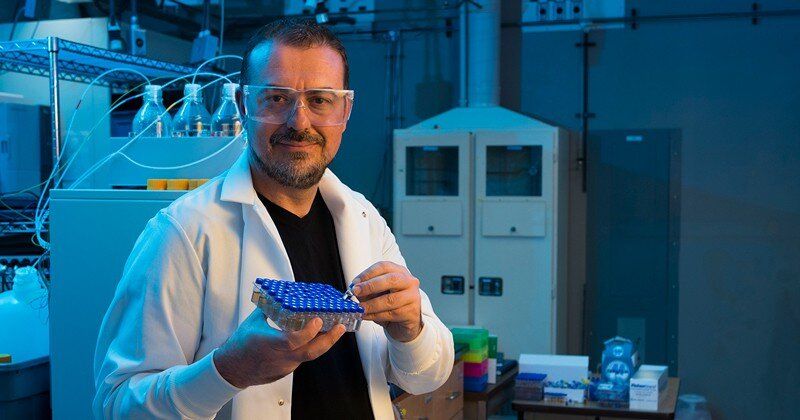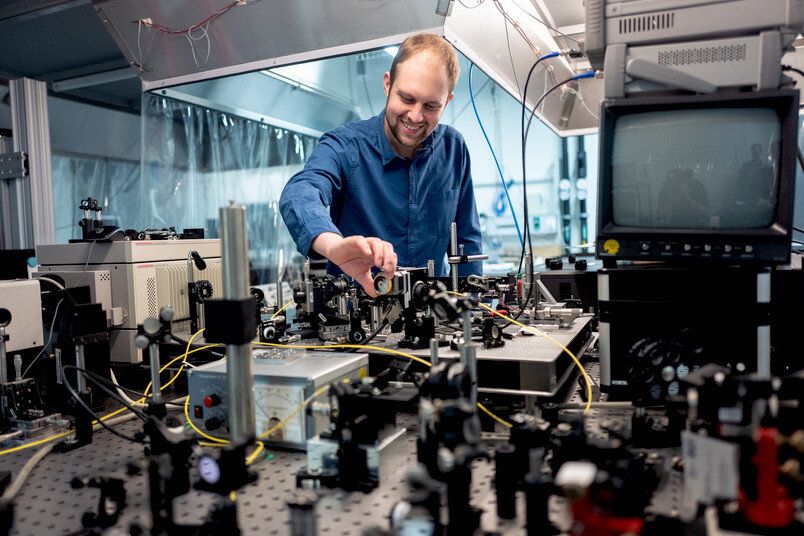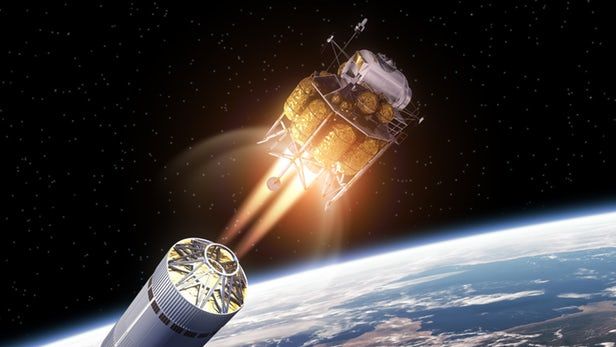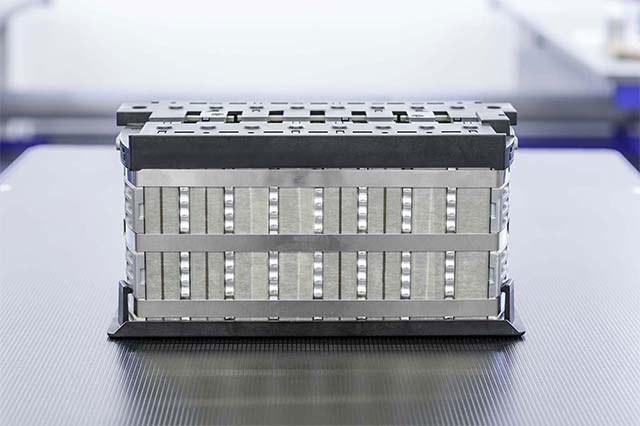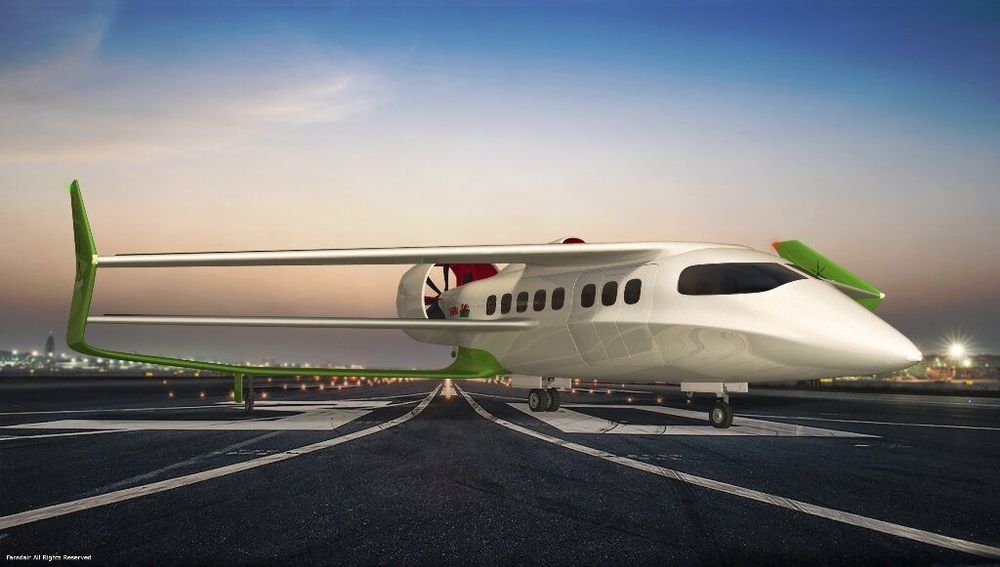Apr 10, 2019
Tesla’s Wireless Energy Technology Being Revived in Texas
Posted by Victoria Generao in category: energy
A century after Nikola Tesla’s famous Wardenclyffe tower was dismantled, the legacy of the world’s greatest inventor lives on in the form of a new project which aims to develop wireless power transmission and a host of other communications and energy functions.
Strikingly similar to the Wardenclyffe tower, a new facility has gone up along a major transit route in the town of Milford, Texas. Built and operated by a company called Visiv Technologies, the tower is designed for precisely the same functions as the original Tesla tower, that is, for wireless communications and the transmission of electricity through air via low-frequency radio waves known as ‘surface waves.’
Continue reading “Tesla’s Wireless Energy Technology Being Revived in Texas” »



